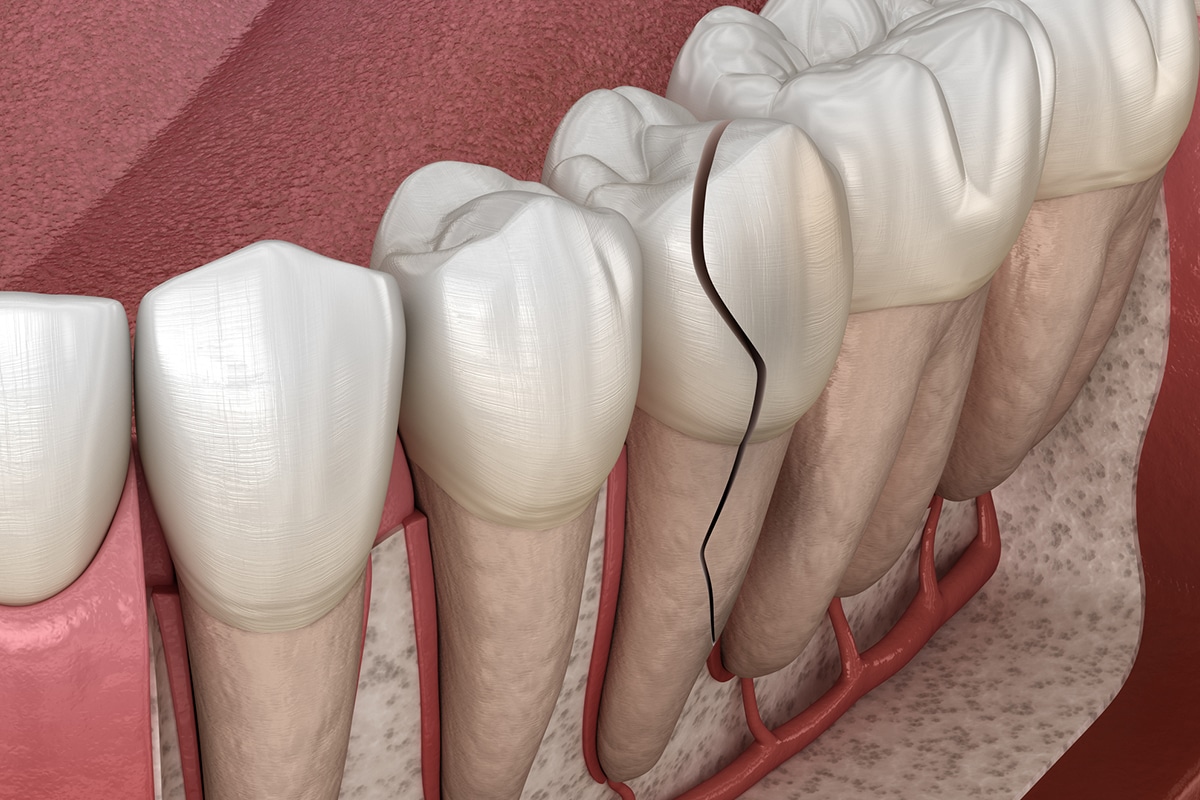
Can A Cracked Tooth Heal on Its Own?
When you hear about a cracked tooth, what comes to mind might be a minor nuisance, something that can be…



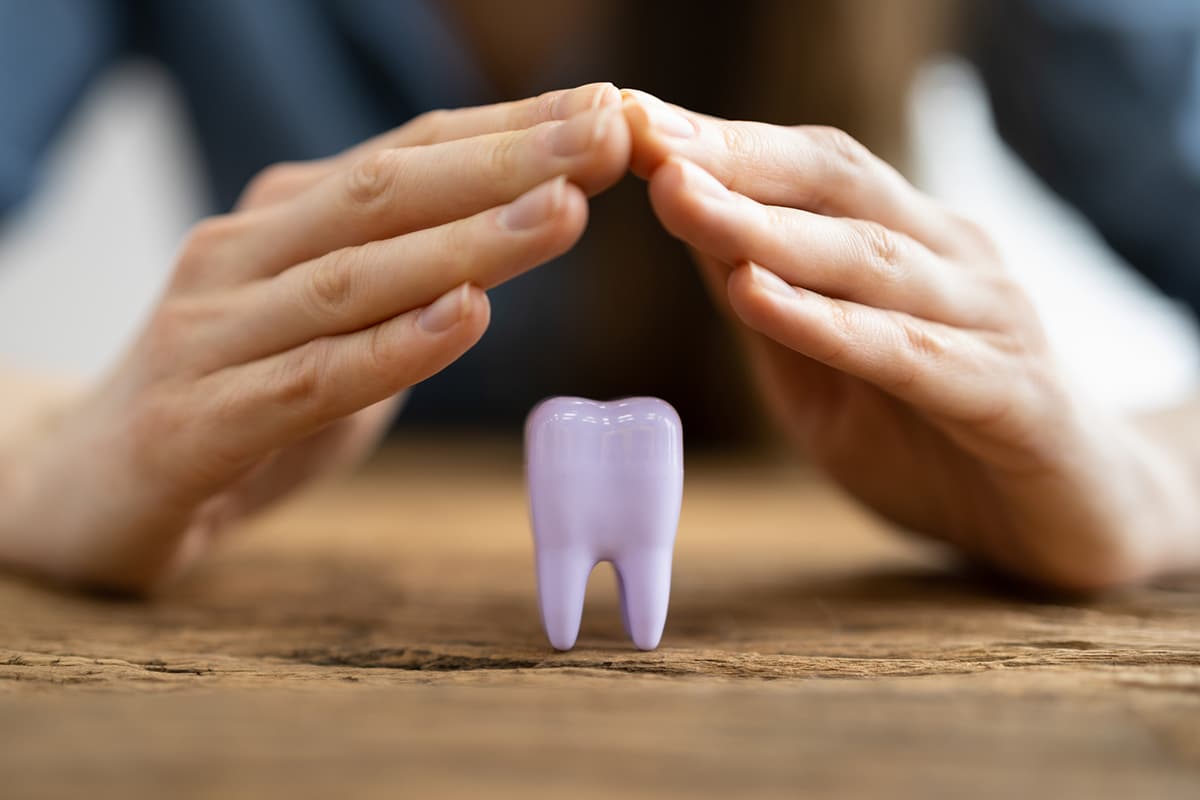



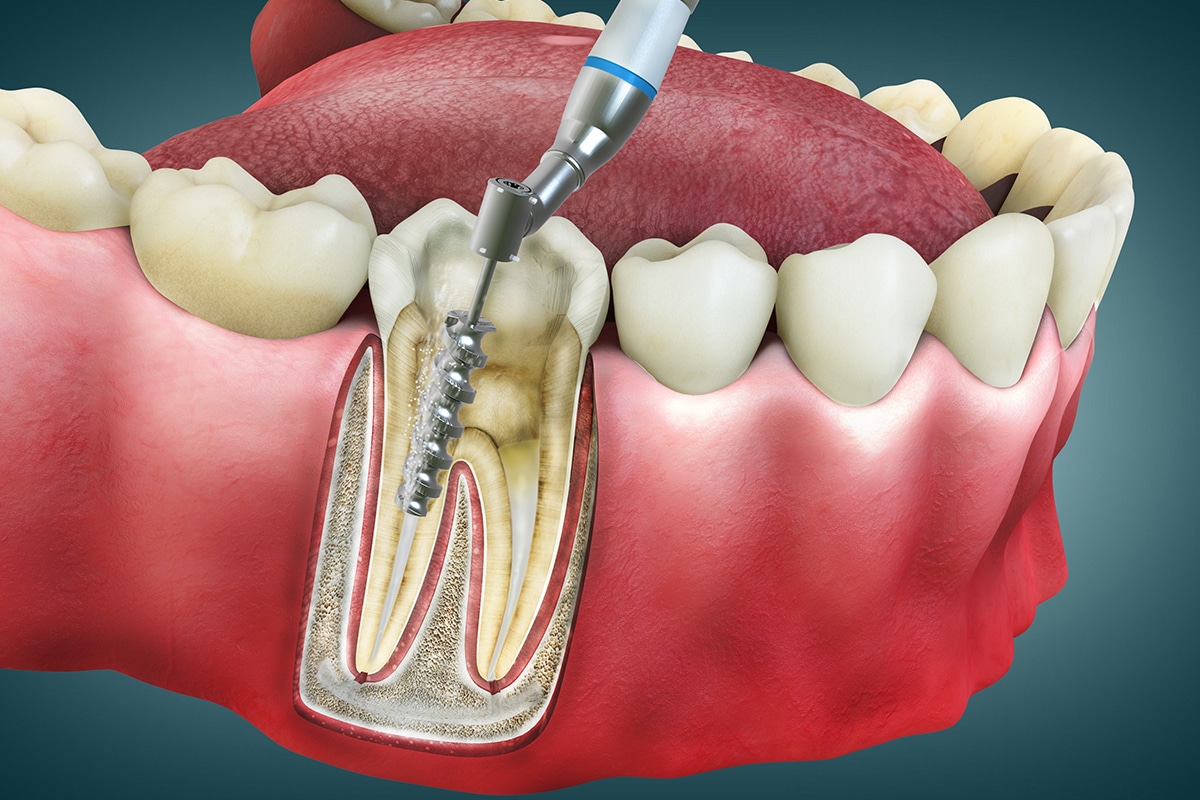
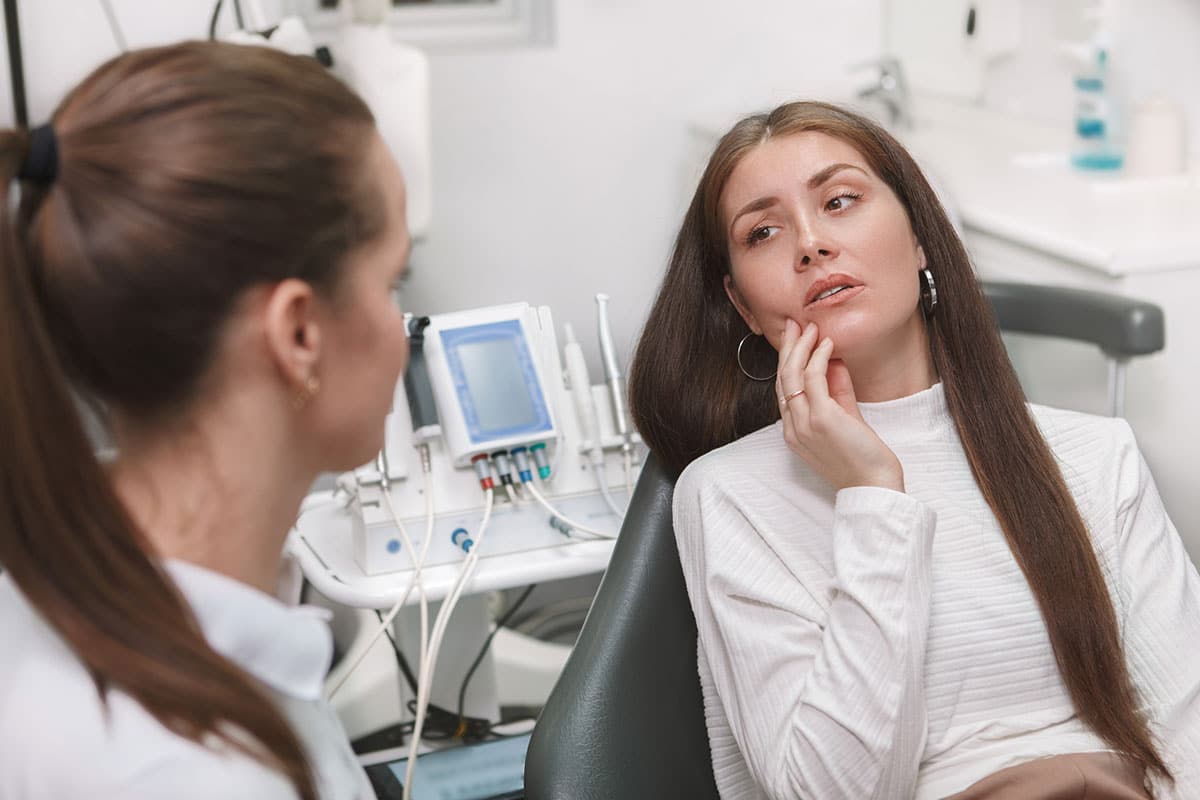
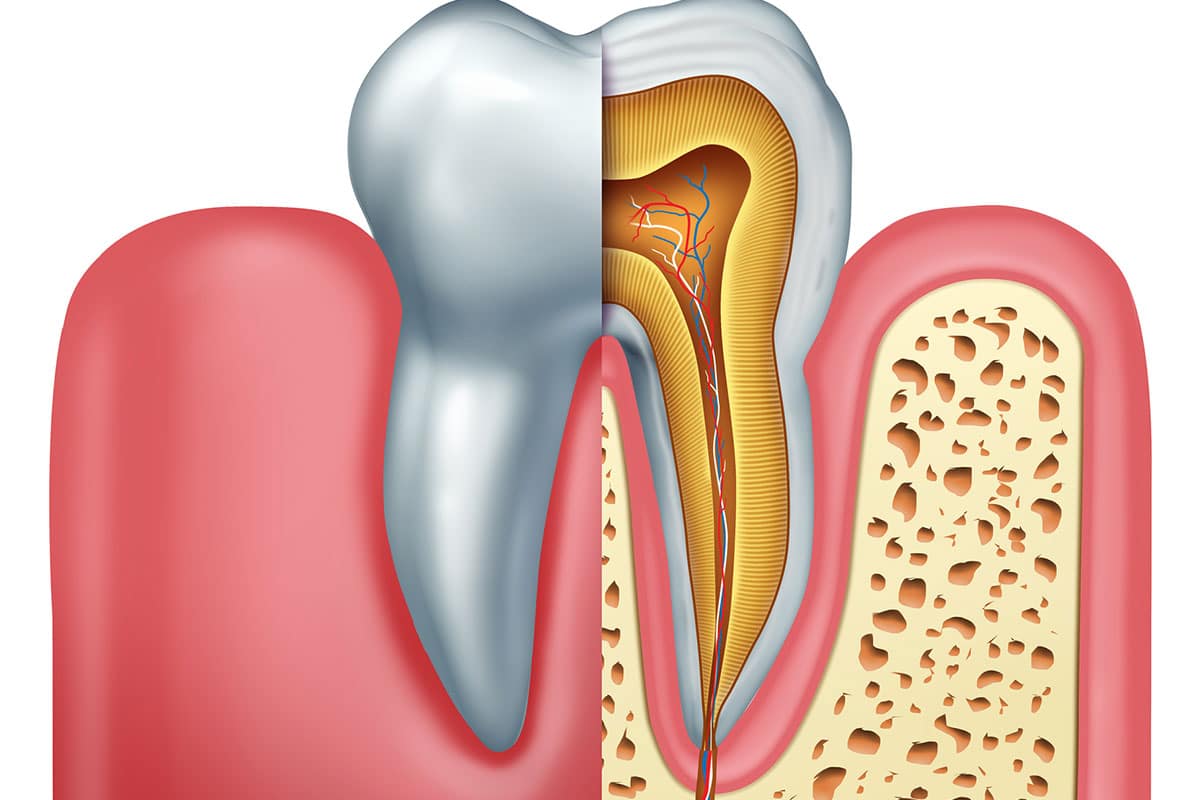
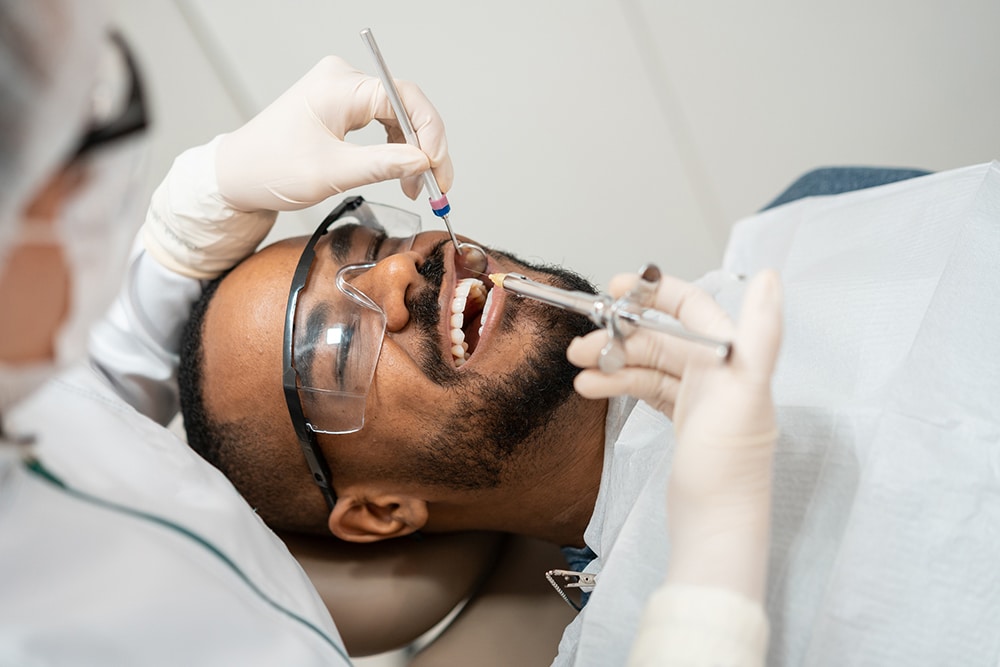
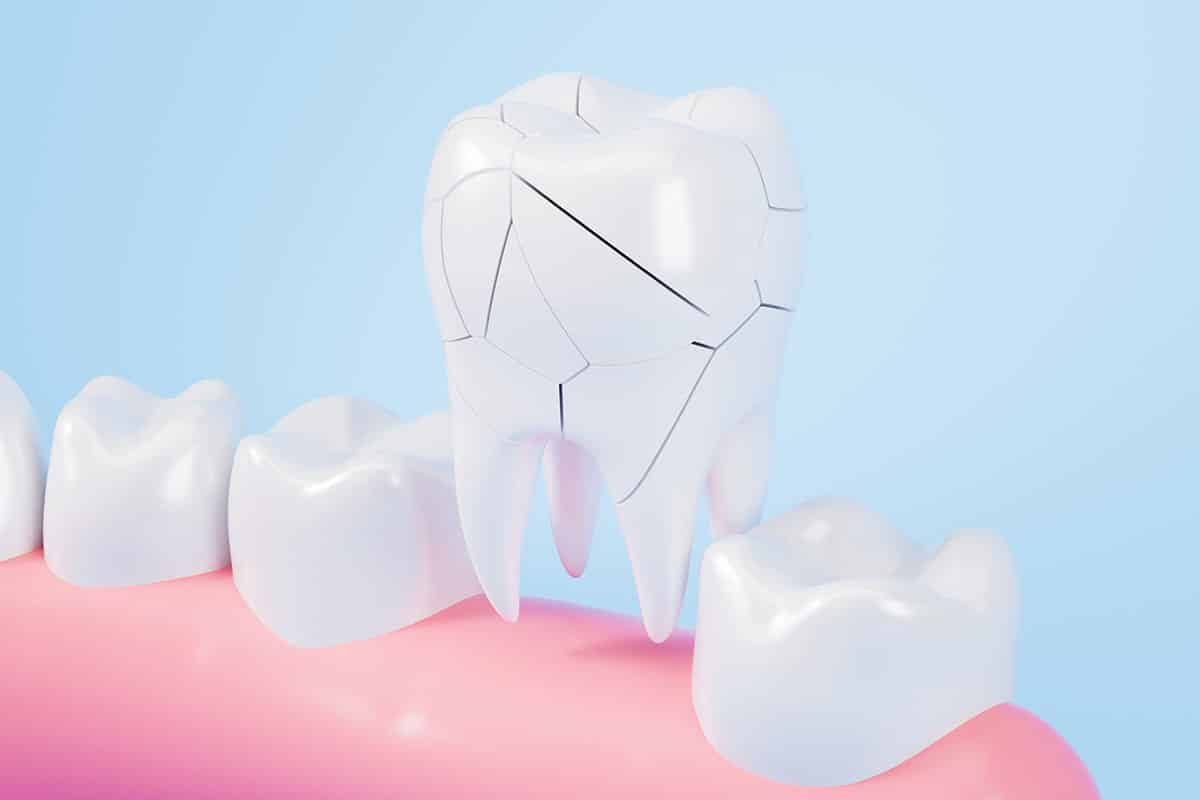
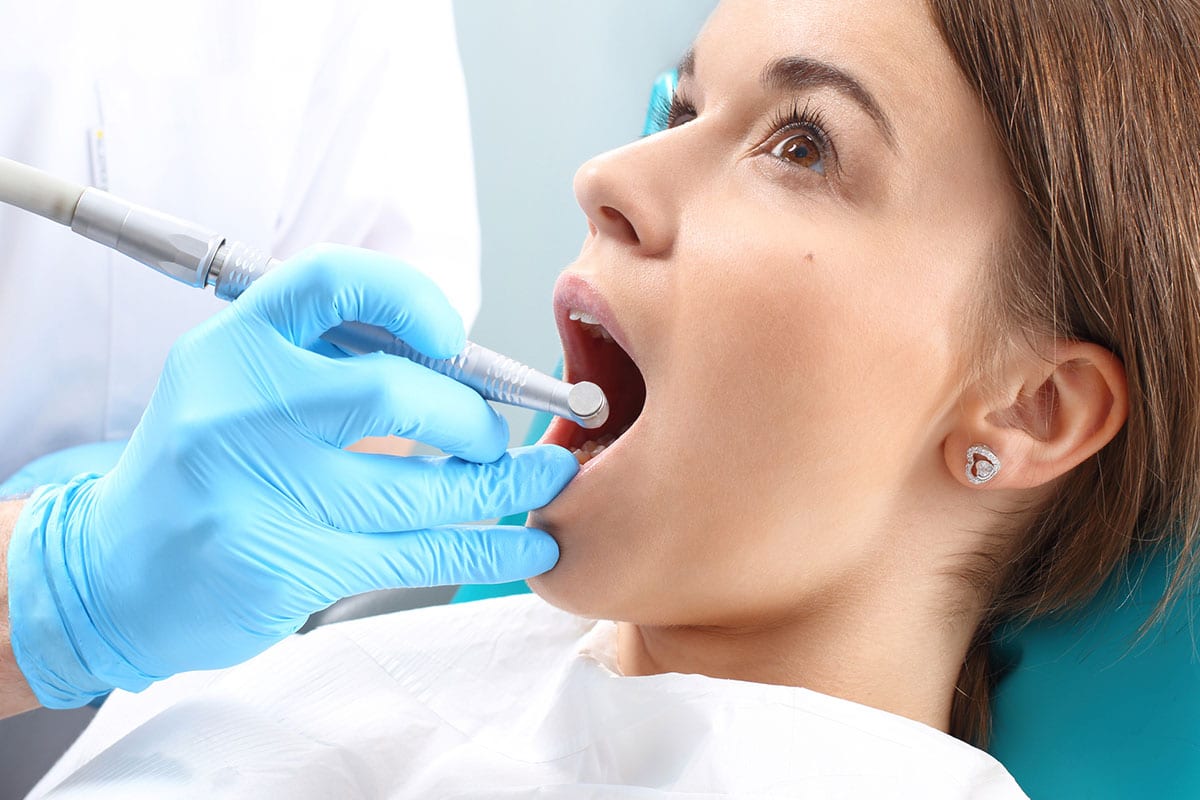
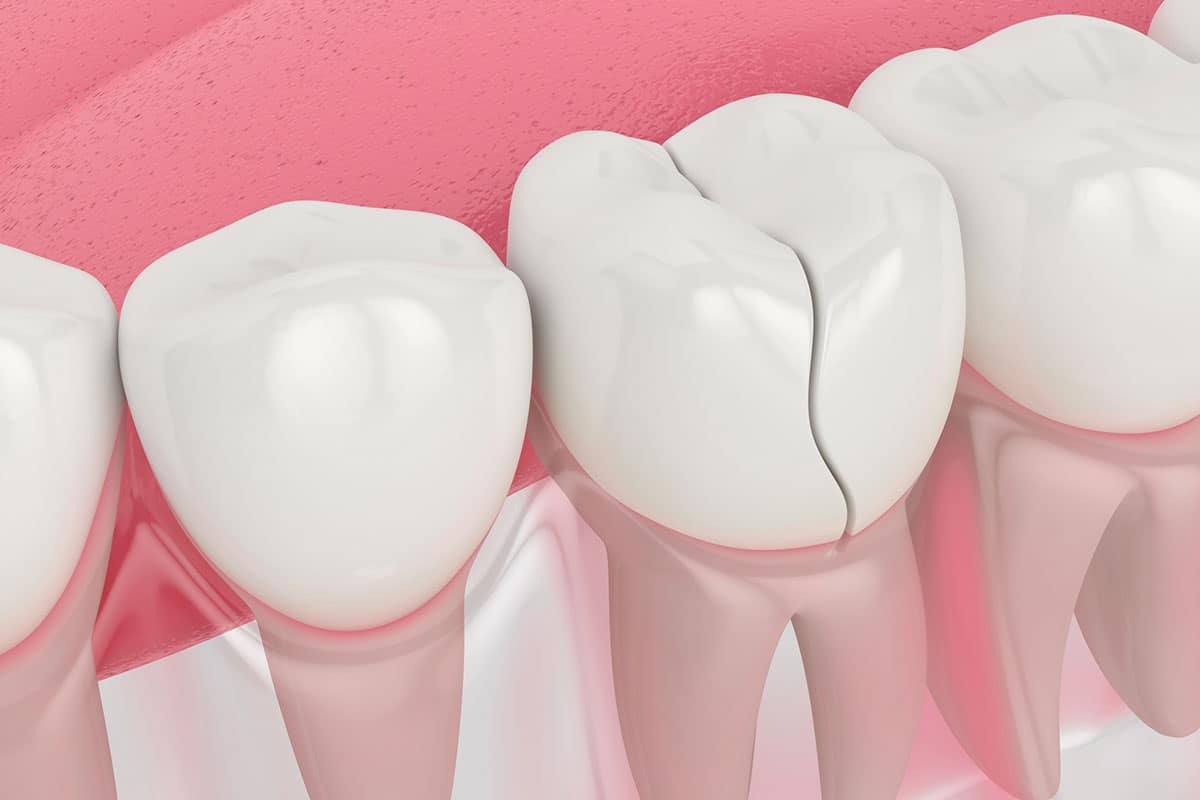


Our practice proudly serves patients across Northern and Central New Jersey, with office locations in Florham Park, Jersey City, Hoboken, Millburn, Cedar Grove, and North Plainfield.
We welcome patients from Bergen, Essex, Hudson, Morris, and Union Counties, as well as nearby cities, including Bayonne, Bloomfield, Caldwell, Cedar Grove, Chatham, Clifton, Cranford, East Hanover, Edgewater, Glen Ridge, Guttenberg, Harding Township, Jersey City, Lincoln Park, Livingston, Madison, Maplewood, Montclair, Montville, Morristown, North Bergen, Nutley, Parsippany, Secaucus, South Orange, Summit, Union, Union City, Verona, Weehawken, West New York, West Orange, Westfield, and Whippany.